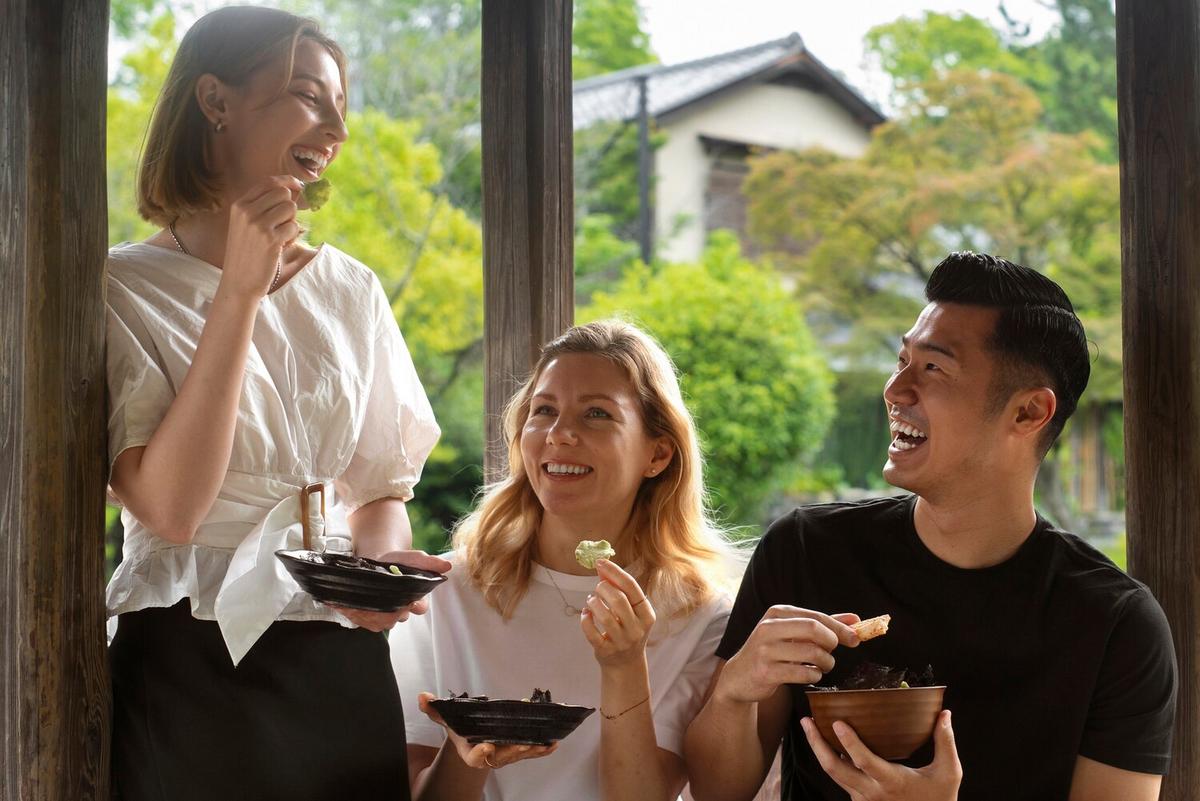
The Art of Japanese Kaiseki Cuisine
Imagine sitting down to a meal where each dish is a masterpiece, meticulously crafted to delight the senses and tell a story—this is the essence of Kaiseki cuisine, a traditional Japanese culinary art form that is as much about the experience as it is about the food.
The Essence of Kaiseki Cuisine
Kaiseki is a multi-course Japanese dinner that originated from the Japanese tea ceremony. Today, it is celebrated as the pinnacle of Japanese dining, offering a harmonious blend of taste, texture, appearance, and color. The chef’s skill is evident in the way seasonal ingredients are transformed into artful creations that reflect the natural beauty of Japan.
Expert Insights
Chef Naoko Takei, a renowned Japanese culinary expert, explains, “Kaiseki is not just about the food; it’s about creating a moment where guests can savor the beauty of the season and the artistry of the chef.” This sentiment is echoed by many chefs who view Kaiseki as an opportunity to engage diners on both a sensory and emotional level.
A Journey Through the Courses
A traditional Kaiseki meal includes a series of small, beautifully presented dishes. Each course is carefully chosen to complement the others, creating a perfect balance of flavors and textures. Typically, a Kaiseki menu includes:
- Sakizuke: An appetizer similar to the French amuse-bouche.
- Suimono: A clear soup.
- Sashimi: Raw fish, artistically presented.
- Nimono: A simmered dish, often featuring seasonal vegetables.
- Yakimono: A grilled dish, showcasing the chef’s expertise with fire.
- Mushimono: A steamed dish.
- Hanmono: A rice dish, often served with miso soup.
- Mizumono: A dessert, typically a light and refreshing fruit or sweet.
The Importance of Seasonality
One of the defining features of Kaiseki is its emphasis on seasonal ingredients. Chefs select the freshest produce and seafood available, ensuring that each dish resonates with the time of year. This commitment to seasonality not only supports local agriculture but also enhances the dining experience with flavors that are at their peak.
Personal Experience
During my first Kaiseki experience in Kyoto, I was struck by the meticulous presentation and the subtle flavors that seemed to dance on my palate. Each dish felt like a new chapter in a story, with the final course leaving me both satisfied and eager for more.
Practical Tips for Enjoying Kaiseki
- Approach the meal with an open mind and a willingness to try new flavors.
- Take your time; Kaiseki is meant to be savored slowly.
- Pay attention to the presentation; it often holds clues about the ingredients and inspiration behind each dish.
Table: Typical Kaiseki Courses
| Course | Description |
|---|---|
| Sakizuke | Starter akin to amuse-bouche |
| Suimono | Clear soup |
| Sashimi | Raw fish, artistically presented |
| Nimono | Simmered dish with seasonal vegetables |
| Yakimono | Grilled dish |
| Mushimono | Steamed dish |
| Hanmono | Rice dish with miso soup |
| Mizumono | Light dessert |
FAQs About Kaiseki Cuisine
What is the origin of Kaiseki cuisine?
Kaiseki originated from the Japanese tea ceremony, evolving over time into a sophisticated dining experience.
How many courses are typically in a Kaiseki meal?
A traditional Kaiseki meal typically includes 8 to 12 courses, each carefully crafted to harmonize with the others.
Conclusion
Kaiseki cuisine is more than just a meal; it is a celebration of Japanese culture and culinary artistry. By embracing seasonality and meticulous presentation, Kaiseki offers diners a unique and unforgettable dining experience. Whether you’re a seasoned foodie or new to Japanese cuisine, experiencing Kaiseki is a journey worth taking.


